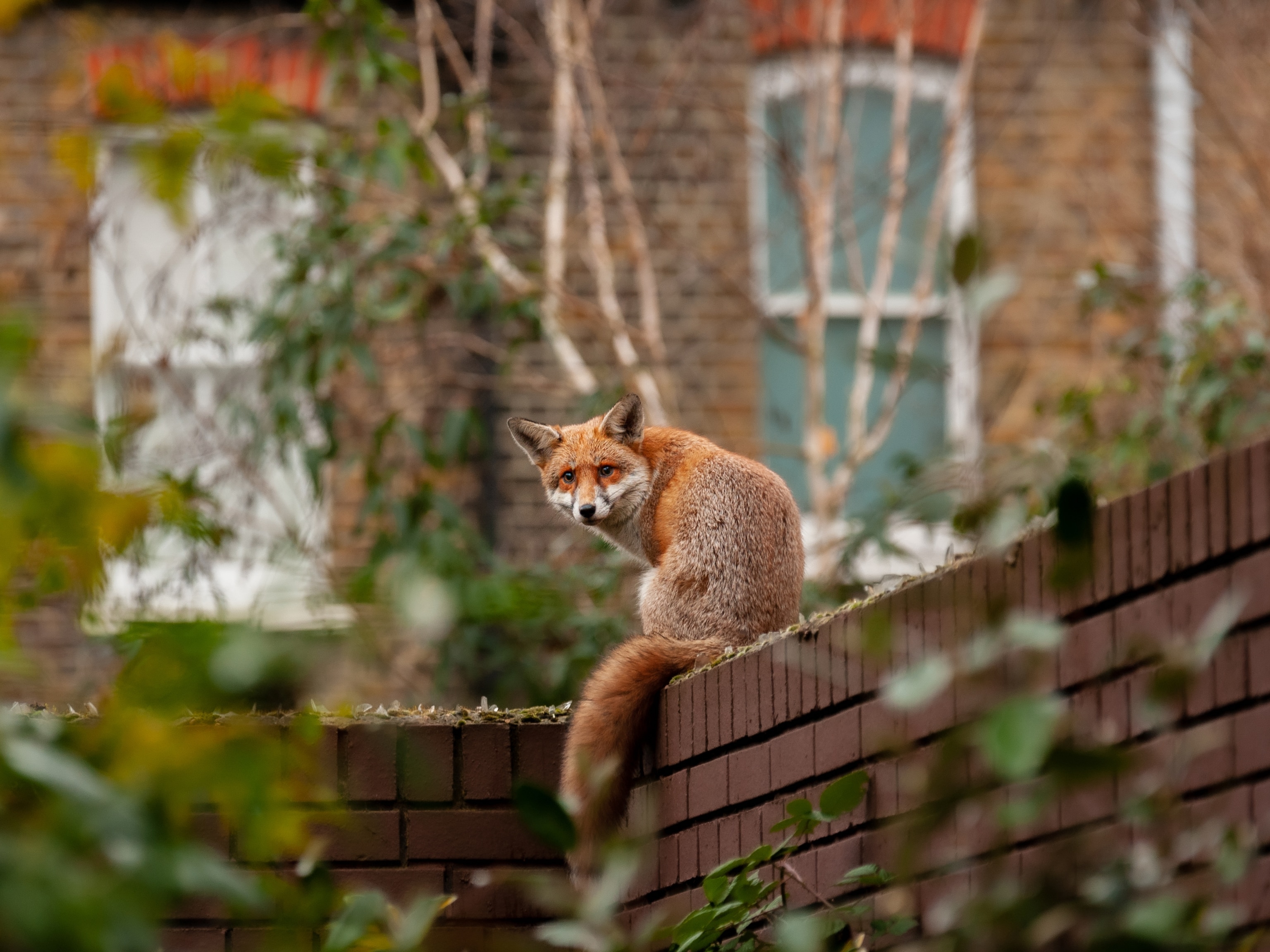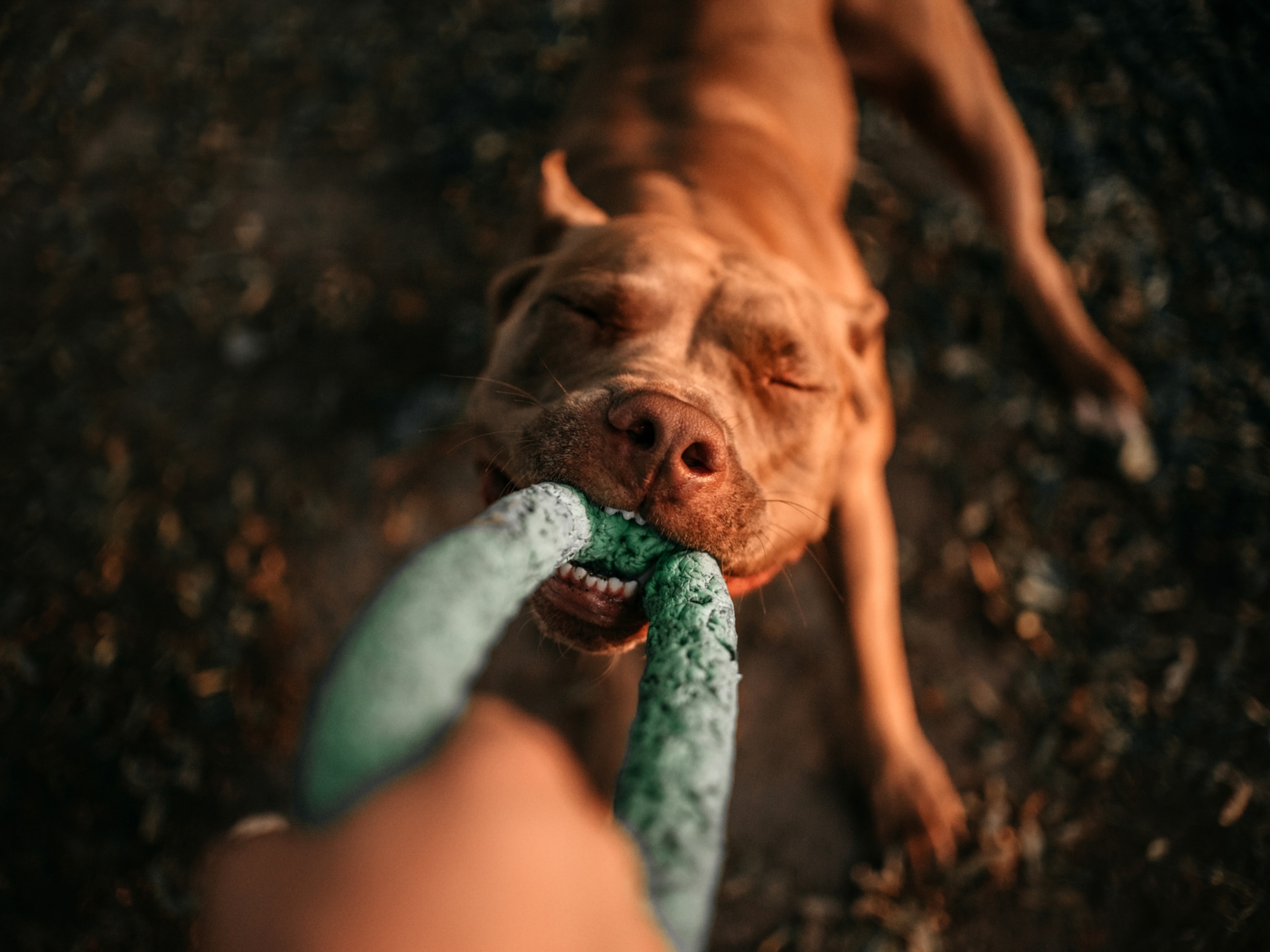
Ancient Dog Skull Shows Early Pet Domestication
33,000-year-old fossil suggests dogs arose in multiple places, study says.
It took 33,000 years, but one Russian dog is finally having its day.
The fossilized remains of a canine found in the 1970s in southern Siberia's Altay Mountains (see map) is the earliest well-preserved pet dog, new research shows.
Dogs—the oldest domesticated animals—are common in the fossil record up to 14,000 years ago. But specimens from before about 26,500 years ago are very rare. This is likely due to the onset of the last glacial maximum, when the ice sheets are at their farthest extent during an ice age.
With such a sparse historical record, scientists have been mostly in the dark as to how and when wolves evolved into dogs, a process that could have happened in about 50 to a hundred years.
"That's why our find is very important—we have a very lucky case," said study co-author Yaroslav Kuzmin, a scientist at the Russian Academy of Sciences in Novosibirsk.
In the case of the Russian specimen, the animal was just on the cusp of becoming a fully domesticated dog when its breed died out.
Dogs Arose at Multiple Sites?
Kuzmin and colleagues recently used radiocarbon dating to examine the skull and jaw of the Russian dog in three independent laboratories. Each lab confirmed the fossil's age at around 33,000 years old.
Burnt twigs also found at the site, known as Razboinichya Cave, suggest that hunter-gatherers used the space for something, and it's likely the dog was their pet before its death from unknown causes, Kuzmin said.
Cold temperatures and nonacidic soil in the cave likely kept the dog's remains from completely decaying, he added.
The team compared the Russian dog fossils with the bones of wild wolves, modern wolves, domesticated dogs, and early doglike canids that lived before 26,500 years ago.
The results showed that the dog—which probably looked like a modern-day Samoyed—most closely resembled fully domesticated dogs from Greenland in size and shape. That's not to say the two dog types are related, though, since the new study didn't run DNA analysis.
(See "Dogs' Brains Reorganized by Breeding.")
Because it wasn't fully domesticated, the Russian dog retained some traits from its ancestors—namely wolf-like teeth. But the animal bore no other resemblance to ancient or modern wolves or to dog breeds from elsewhere in Russia, Kuzmin and colleagues found.
The discovery suggests that this dog began its association with humans independently from other breeds, which would mean that dog domestication didn't have a single place of origin—contrary to some DNA evidence, the study said.
(See "Where Did Dogs Become Our 'Best Friends?'")
Curious Wolves Went to the Dogs
In general, dogs likely became domesticated when curious wolves began to hang around Stone Age people, who left butchered food remnants littering their camps, according to study co-author Susan Crockford, an anthropologist and zooarchaeologist at the University of Victoria in Canada.
This phenomenon occurred in Europe, the Middle East, and China, according to the study, published July 28 in the journal PLoS ONE.
(Also see "Oldest Domesticated Dog in Americas Found—Was Human Food.")
Animals that were more comfortable around humans underwent changes in their growth rates—probably regulated by hormones—that eventually changed their reproductive patterns, sizes, and shapes, turning them into dogs, Crockford said by email.
For example, dogs became smaller, developed wider skulls, and gave birth to bigger litters than wolves, she said.
"The somewhat curious and less fearful 'first founders' became even more so as they interbred amongst themselves," Crockford said.
(Read more about dogs in National Geographic magazine.)
Dog Domestication a Chaotic Process
Yet the process of dog domestication in Europe and Asia was chaotic, with many new breeds evolving and then dying out, study co-author Kuzmin noted.
The Russian dog was lost, for example, possibly because the advancing glacial age made hunter-gatherers even more mobile, since they had to range farther to find food.
Some experts have theorized that wolves have to stay in the same place for several decades before they evolve into fully domesticated dogs, Kuzmin said.
Indeed, "domestication is a process as opposed to an event," R. Lee Lyman, an anthropologist at the University of Missouri, Columbia, said by email. "It takes time for sufficient genetic change to occur for a population to evolve from a wild ancestral species into a descendant domestic species."
(See National Geographic fans' dog pictures.)
What's more, "not every evolutionary change is successful in the sense of [a] daughter population diverging from its ancestral lineage and producing a new, distinct lineage or species, domestic or not."
The study, Lyman said, "underscores [these] two important facts that archaeologists sometimes fail to appreciate."





